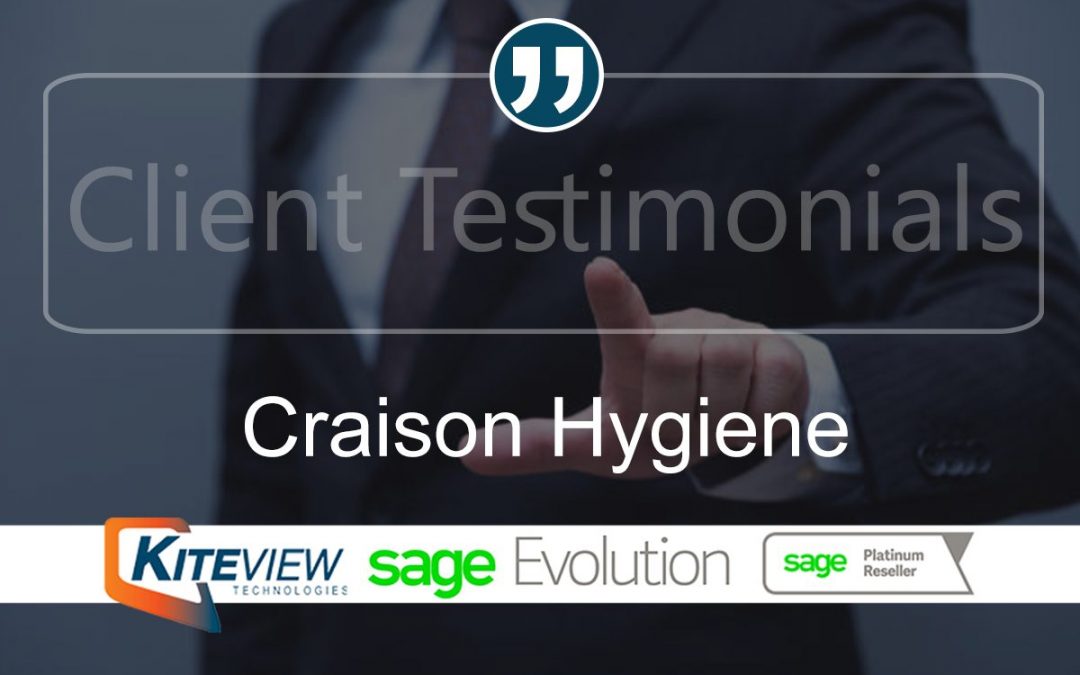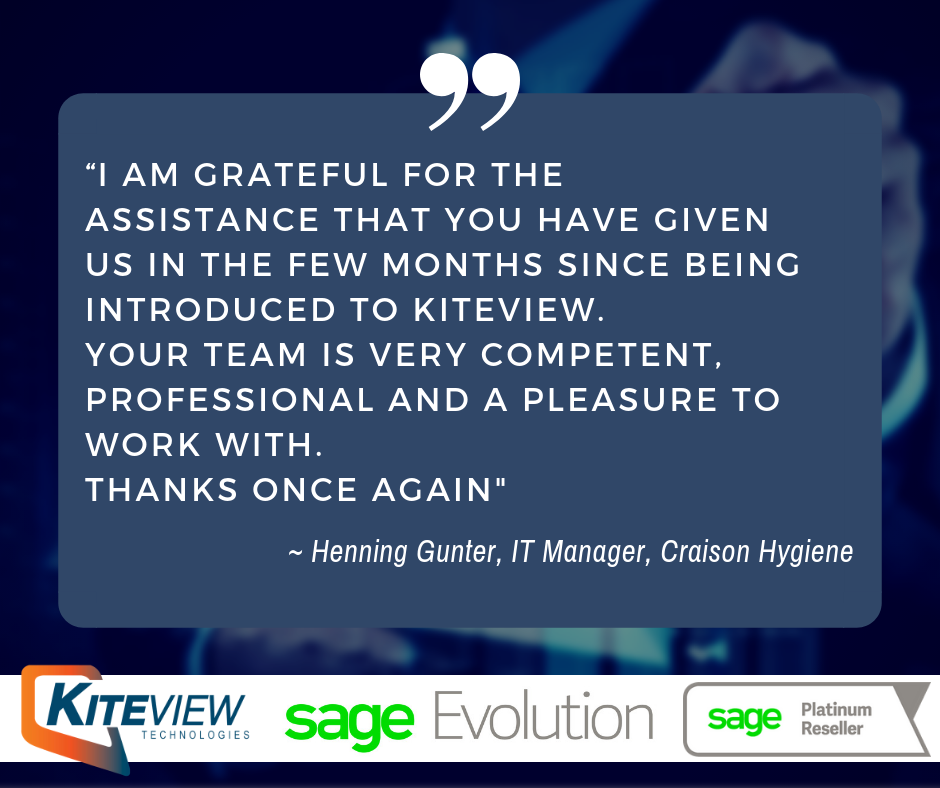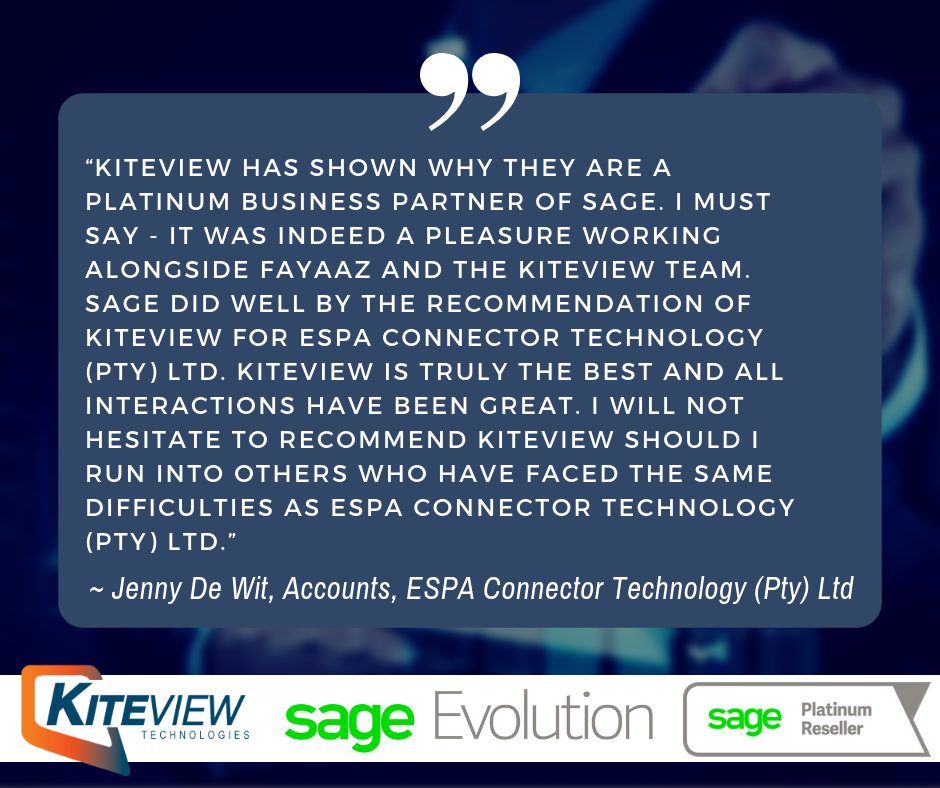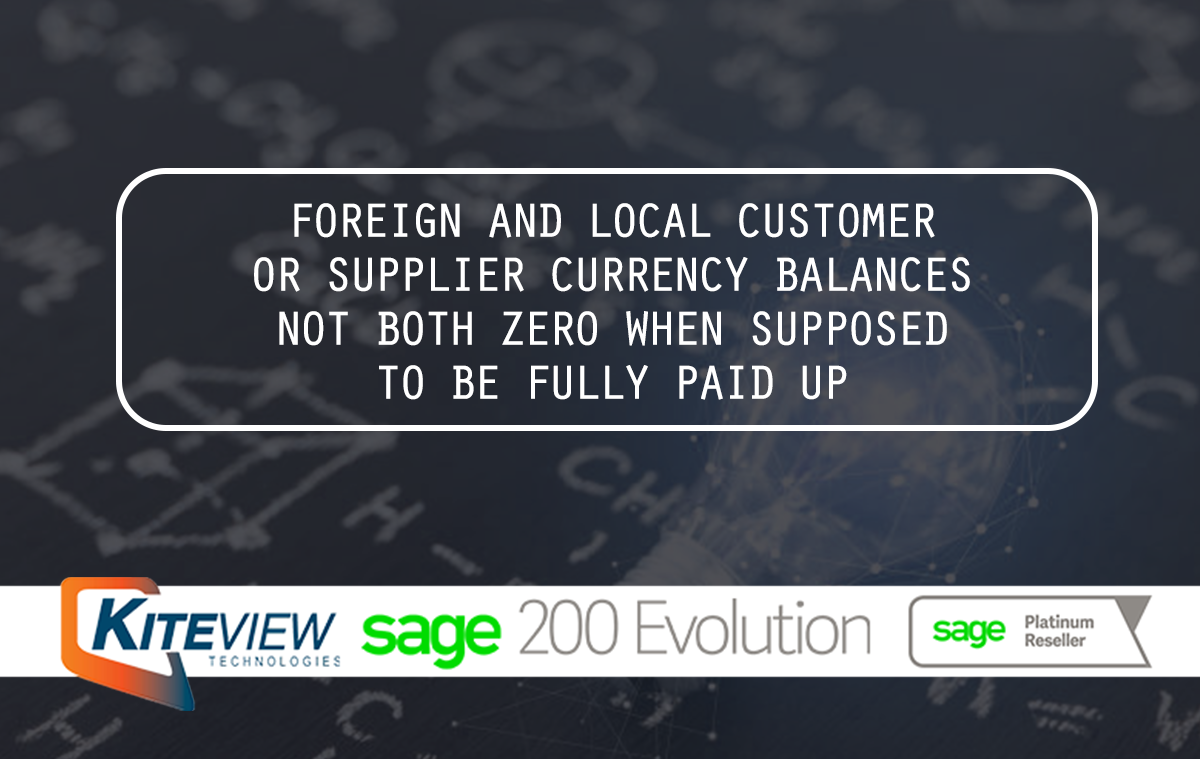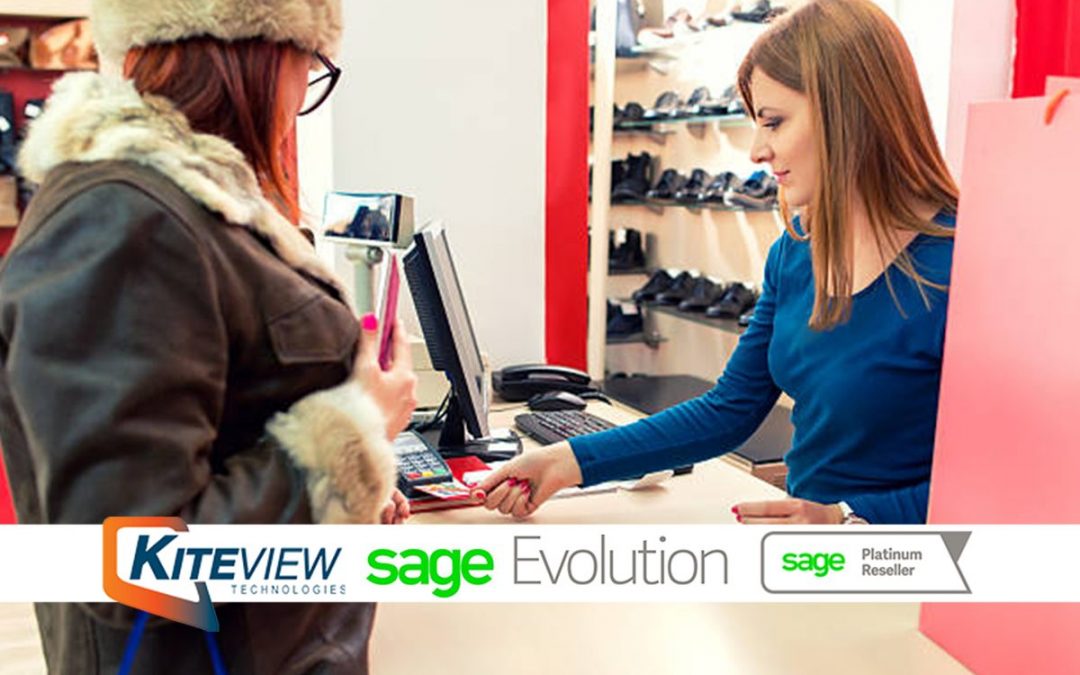
5 Ways To Guarantee Fast Payment Processing For Shoppers At Sale Time
Article credit: Sage
The busiest shopping period of the year is upon us, which means an influx of shoppers filing into your store and visiting your website – all simultaneously and for longer periods of time.
Is your payment process sturdy enough to get your customers through each sale without longer-than-expected waiting times? And can your payment solution delight your consumers by offering a customer experience beyond their expectations?
Elevating the checkout experience
If you haven’t thought much about what your customers think about your payment process, now is a great time to start considering its efficiency. Businesses that reap the most during seasonal selling peaks are those that pad their payments process with extra layers of support to handle elevated traffic at crucial moments.
Seamus Smith, Sage EVP, Payments and Banking, says: “Retailers can benefit from this seasonal spike in traffic but it’s those that go the extra mile for customers by offering a range of payment options who are set to attract a wider customer base than in previous years.
“To do this, retailers need to ensure slick, frictionless shopping cart check out and payment processes for online shopping. Of course, with an increased array of payment options available, ensuring you have adequate security and fraud protection services is key and also something that quality payment providers can provide.”
In preparation for the ramp-up, this article identifies the five checkpoints within the payment process – both online and in-store – where retailers should channel their resources during busy shopping seasons.
Dealing with queues and payments
Two things you can anticipate when it comes to the holiday shopping season are a need to manage queues and payments pages. That’s right, an in-store consideration is dealing with queues.
And online, when your customers have goods in their shopping cart, the last thing they want is a poor user experience – this can lead to them abandoning carts and your business losing sales. Here’s more on those two points.
In-store: Prep for queue times
While some may appreciate the adrenaline rush of in-store holiday shopping, most customers don’t enjoy waiting in a queue for anything, much less to give you their money.
Sage research shows that long queues could be costing retailers as much as £3,581 per day in lost revenue. And you don’t want your customers to be stuck in queues after they’ve found the sale items they desire.
Online: Simplify your payments page
Today’s payment technology ensures a great user experience (UX) for online shopping from multiple angles to facilitate increased sales and fewer abandoned carts. Functionality such as customisable payments pages allows you to easily make small tweaks that often make a big difference for the customer.
The important thing is to continually test and optimise by navigating your website as if you were a customer attempting to make a purchase, or have someone go through the process for you. And take note of anything that gets in the way of the final sale.
James Gurd, owner of ecommerce consultancy Digital Juggler, suggests the focus should be on getting your customers through the checkout stage as quickly and seamlessly as possible.
He says: “When a user is ready to part with their money, your sole focus should be on getting them through the payment process with minimal friction. Too many checkouts slow users down, or even worse, confuses them.”
5 steps to fast payment processing
Follow these five tips and you’ll delight your customers by offering them a great payments experience. The first two are aimed at in-store shopping and the final three are for online (and if your business offers both in-store and online shopping, all five steps will apply to you).
Step 1: Beef up on staff
If you expect a larger crowd than usual, do this so you can checkout and assist customers simultaneously. Customers will still have questions about your products and you’ll want to give them as much attention as you give the ones who are ready to purchase.
With more staff, you can better manage your customers at any stage.
Step 2: Implement integration technology at checkout
To tackle long queues, use payment terminals that leverage the latest mobile technology and are fully integrated to other key business applications such as inventory management. This will ensure the greatest level of stock control that enables you to respond much quicker to demand, and in real time.
At any rate, be sure your employees are adequately trained on how to use your checkout equipment quickly and correctly. It becomes a hinderance in your payment process if no one understands how it works.
Step 3: Create online shortcuts to pay
This makes inputting key information easier. Flag errors as customers go through the payment form instead of waiting until the end and forcing them to scroll to find a mistake. Use credit card type recognition – for example, the 16-digit code on a MasterCard always starts with two digits (in the 51-55 range), while Visa starts with four digits.
Step 4: Always think mobile-friendly
Customers fully expect to be able to seamlessly complete their transaction from their mobile device – anything else could cost you the sale. That said, your payments page should be touch-friendly with little need to zoom in or pinch out.
It’s also a nice touch to make it easy for customers to resume their shopping where they left off in case they’re on the go and need to pick back up later. Offer emailing options to send a link to their shopping cart to themselves.
Step 5: Speed up screen load time
You can do this by reducing the number of elements on each page – experts say that for every one-second download delay, your dropout rate increases from 7-10%.
Bonus step: Don’t forget about security
The holiday season can be a busy season for hackers and card scammers as well as shoppers. Protect your customer data and your company’s reputation by ensuring your payments gateway provider includes real-time analytics as a standard.
Final thoughts on fast payment processing
So, to sum up, keep those queues short by getting more staff involved to help your customers. Use technology at the in-store checkout stage to keep your purchasers pleased.
And online, make sure it’s easy for your customers to pay, consider the fact that people shop with their mobiles as well as on desktops, and check that you have a fast online process too.
And don’t forget about security.
Kiteview Technologies (Pty) Ltd was founded in May 2010 to provide the Sage Evolution Business Management solution to the SME market. The management team of Kiteview have combined +30 years of experience in the delivery of small to mid-market Financial & Business Management solutions. This experience, combined with a sound project implementation methodology has helped in Kiteview’s growth, becoming a Platinum status partner for SAGE Pastel within just 1 year.
Contact Us
For An Obligation Free Quote



